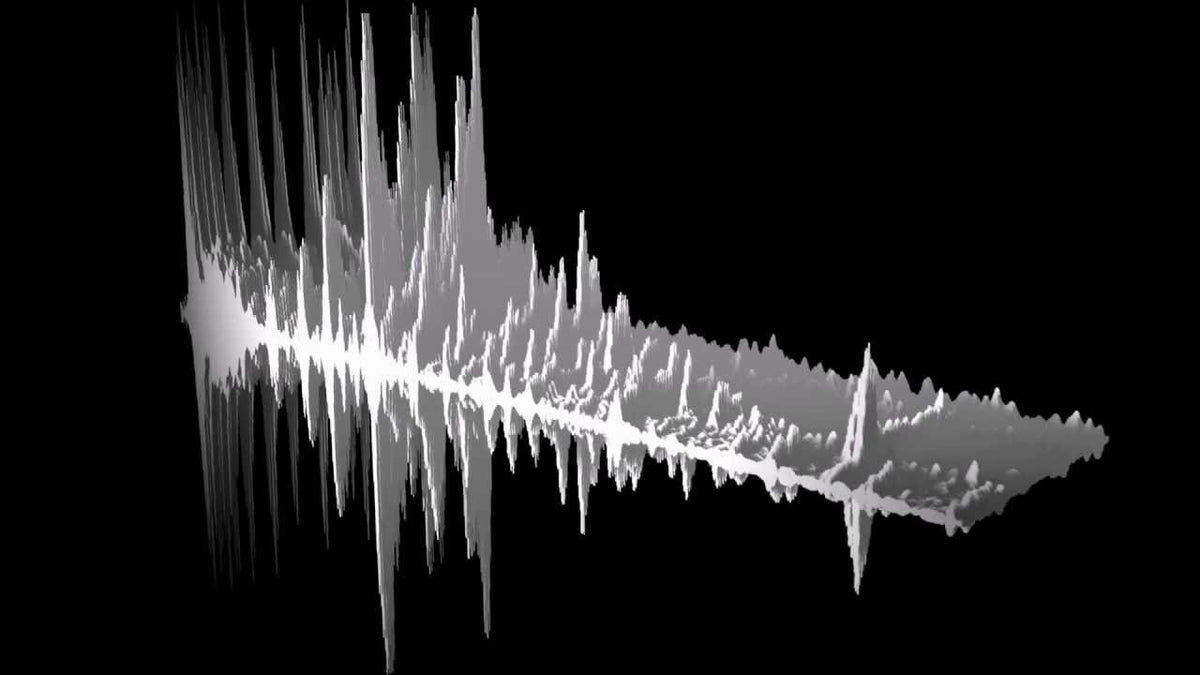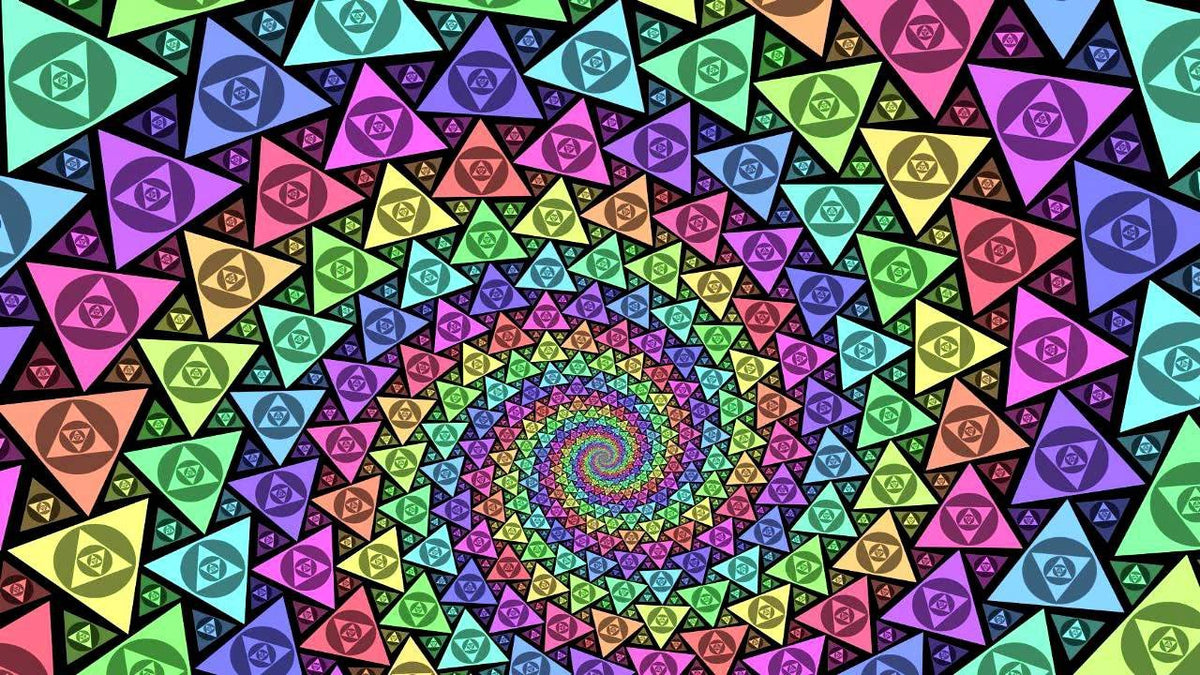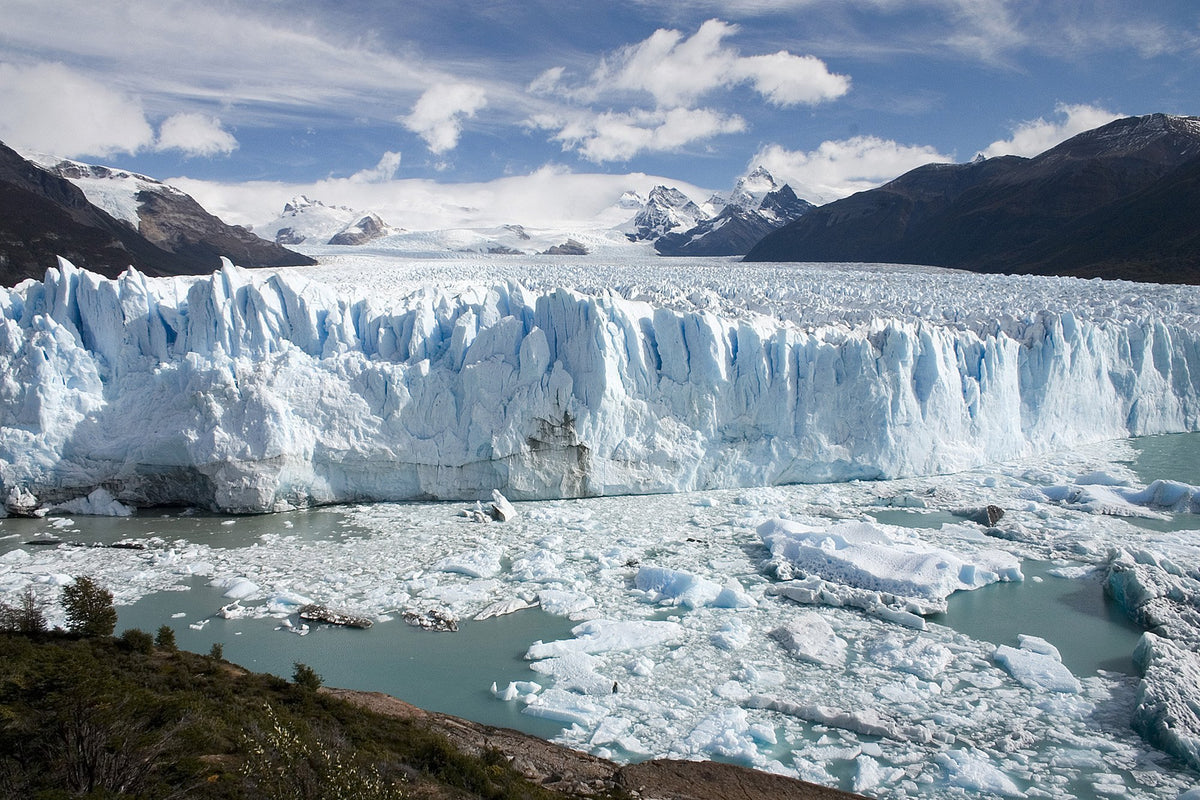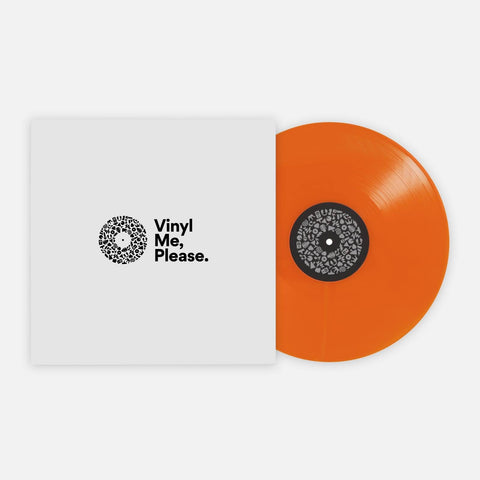The 10 Best John Cale Albums To Own On Vinyl
In Honor of a New Reissue, Here Are 10 Albums You Need to Understand the Welsh Musician
To focus on one aspect of John Cale’s career is to deprive yourself of many joys. Love his work with Velvet Underground? His solo pop records may just be better. Diving into one of his many live albums? His early experimental work is definitely of fascination, too. John Cale is one of those singular artists left so unsatisfied by the mundanity of limits that he creates a world in which they no longer exist.
Before he was the ego to Lou Reed’s id in the Velvet Underground, John Cale was a pioneering member of the experimental music scene in New York that would eventually be carried by luminaries like Philip Glass, Steve Reich, and John Cage. After Cale split from the Velvets, he meandered along a winding road that took him from solo project to live recording to collaboration and back again, eventually landing him firmly in the present. At the beginning of this year, Cale released M:Fans a re-imagining of tracks from his 1982 album Music for a New Society and a pseudo-meditation on the death of his longtime collaborator Lou Reed.
As the year comes to an end, Domino Records is preparing to re-issue his seminal live album, Fragments of a Rainy Season. The document of solo performances throughout 1992 is a stripped down look at Cale’s greatest craft: his songwriting. The re-release features various outtakes and alternate versions, but it also serves as a reminder to revisit the vast and expansive catalogue of a world-class talent. So often—especially in 2016—it takes losing musicians to fully celebrate and appreciate the work they’ve created. Luckily for us, John Cale is still creating. It’s time we actively acknowledge him as one of the foundations of modern rock music.
In honor of the re-release of Fragments of a Rainy Season, I’ve divided Cale’s discography into five distinct sections: his solo years, his time with the Velvet Underground, his early experimental days, his collaborative work, and his live albums. This breakdown is less a definitive list than it is a reminder that John Cale has one of the most fascinating and vast discographies of any musician currently working. Enjoy the below records, but use them as a springboard to explore all that’s left.

Paris 1919
Paris 1919 is Cale’s most popular solo release, and with good reason. It centers around the album’s title track, a four minute slice of perfect pop music crammed between eight other cuts. “Paris 1919” swells with looping and layered strings, lending the track a percussive element without ever utilizing drums. Cale’s voice is rich and triumphant, much in the way it is throughout the entire album. “Child’s Christmas in Wales” sounds like an upbeat George Harrison b-side, and “Graham Greene” is perhaps the best ode to the author we’ll ever get.
*Paris 1919 *serves as both a great album and as a map to Cale’s work with VU. If Lou Reed was the sharp, steely core of that band’s earliest iteration, Cale was certainly its heart. Cale made sure the irony was offered with a side of sincerity and the hedonism based on a fundamental good. He was the group’s experimental member but to be experimental is to have roots spread everywhere from which to grow. Paris 1919 is invaluable not only as a near perfect pop album, but as a reminder of his place in one of our most formative bands.

Music for a New Society
While both Helen of Troy and Vintage Violence are better early Cale solo releases, Music for a New Society finds the musician at his most compelling. Album opener “Taking Your Life in Your Hands” sounds like Bowie doing carnival music, with the smooth beauty of Cale’s Paris 1919-era vocal delivery fully gone. Instead, we get something gruff and angry, belligerent and confused on this 1982 release. ‘80s synths are placed amongst noodling guitars and introspective analyses are placed atop walls of noise (“Broken Bird”).
Music for a New Society sounds more relevant than ever. While Cale found the recording process arduous and painful, the emotional resonance of the sessions are palatable on the recording. Bon Iver’s latest record (22, A Million) takes cues from Cale’s bare honesty masked by effects and sounds, and it’s impossible to listen to Nick Cave’s newer work without hearing Music for a New Society as a road map. There’s perhaps no greater summation of Music for a New Society’s shifty nature than “Close Watch,” a piano driven track—think Leon Russell on downers—that suddenly shifts to a bagpipe led militaristic outro. It shouldn’t make any sense, but it sounds exactly right.

Fragments of a Rainy Season
John Cale’s music is rarely fun. Even at its brightest moments, there’s a lingering pain or frustration below the surface. Fragments of a Rainy Season (the original release) takes various Cale shows from 1992 and presents them as is. It’s a solo tour, and Cale sounds lonely. He sounds alone throughout, especially on his rendition of “Hallelujah”—the most heartbreaking version of the Leonard Cohen song not by Jeff Buckley. Fragments perfectly displays the split at the center of Cale’s music. It’s impossible to tell whether the distance is between Cale and his music or Cale and his audience. Perhaps it’s both. All I know is that before Cale’s version of “Heartbreak Hotel,” no one dared to make Elvis sound so sad.

Circus Live
Well, maybe he can have some fun. Circus Live, which culls European shows during tours in 2004 and 2006, is a full band romp through Cale’s history. We get Velvet tracks (“Venus in Furs” and “Femme Fatale”), songs from various solo efforts (“Hanky Panky Nohow” and “Helen of Troy), and the occasional cover (“Heartbreak Hotel,” again...not happier, but certainly louder).
The most shocking aspect of Circus is how fresh Cale sounds. It should be law from on high to never doubt a Velvet, but still, Cale sounds better here at 65 than most folks do at 40. His voice is assured and piercing, his band not only sharp but actively impressive—something that doesn’t always happen with older groups. Maybe his strength comes from the occasional pink hairdo or the sometimes-soul patch. Either way, I hope to be half that impressive when I’m half that age.

The Velvet Underground & Nico
Any other choice would be foolish, right? It speaks to the Velvet’s unflinching discography that I’m actively questioning what I was certain of moments ago: That Velvet Underground & Nico is their best record. Cale’s brief stint (from 1965 through September of 1968) with the group makes it easier to narrow down the choices, as Loaded and Velvet Underground—other obvious choices for the band’s best album—both came after Cale departed.
Cale’s fingerprints are all over this record, from his radical use of the viola on “Venus in Furs” to Lou Reed’s horrifying yet perfect guitar screech on “Heroin.” And my gosh, there may not be a better song made on this planet than “Heroin.” This should call for an explanation, but part of “Heroin’s” perfection is in an inability to comprehend why it’s so wondrous. It should be rather annoying. The rhythm varies without a discernible pattern, Lou Reed sounds disinterested, the guitars are grating, and the album’s second half is pure noise. But when it’s all over, you just want it again.

White Light/White Heat
Aside from being a cornerstone of the Art Rock movement, White Light/White Heat is a fundamental starting point for a still strong American Noise scene. The record helped introduce the fragmentations and fractures that a combination of pop and noise can create. It’s a potent mixture we still see from popular Noise bands like HEALTH and No Age. White Light/White Heat is a foundational record, helping introduce so many different variants of rock music from an ideological center.
White Light/White Heat is also remarkable for its stark contrast to Velvet Underground & Nico. White Light was released just a year after Velvet in 1968, yet it’s almost purposely antithetical to the band’s debut. It’s rough and it drones along. While Velvet Underground & Nico was by no means a slim, clean record, it is often beautiful. White Light/White Heat offers none of this pleasure, yet it’s remarkable all the same.

Sun Blindness Music
Cale’s ‘60s experimental recordings are both in-step with the avant scene that was percolating in New York at the time and a precursor to the left-field tendencies he brought to the Velvet Underground a few years later. Sun Blindness Music is an early entry in the minimalist scene that would be fully fleshed out by musicians like Steve Reich and Philip Glass. Whereas the compositions of the latter two musicians attempt to glean beauty from delicate and subtle repetition, Cale’s work is harsh and vulgar, an attempt at finding a buoy in rocky water.
Sun Blindness Music takes three pieces from Cale’s days with the Theater of Eternal Music, focusing on simple theory and practice to extract a bigger whole. “Sun Blindness Music,” the anthology’s first track, lasts nearly forty-five minutes and sustains itself on variations of a single chord. It’s an exhausting listen and an exhaustive exercise, pushing the limits of what music can be and what function it plays. “Summer Heat’s” 11 minutes are even tougher, as the track is nothing more than a guitar solo squiggled out over an extended period of time. Sun Blindness Music serves better as an introduction to the philosophies he would apply with the Velvets than it does a standalone piece of music, yet it’s nevertheless an essential precursor to the Velvetness of Velvet Underground.

Stainless Gamelan
The fourth and final excerpt from the Table of Elements release of Cale’s experimental music is Stainless Gamelan, a five track dive into the minutiae of instrumentation and composition. Gamelan follows Sun Blindness Music, Day of Niagara, and Dream Interpretation, the latter two both worthy choices for this pick. Yet there’s something about Stainless Gamelan that continues to reveal itself. All four of these records were written and performed over a brief period of time, so the deviation from release to release isn’t vast. But Stainless Gamelan offers a fairly large opening for the novice experimental music listener to enter through.
Look, any album that features extensive use of an instrument called the ‘thunder machine’ is all-time in my book, but Stainless Gamelan offers worth outside of perfect allocation of instruments. “At About This Time Mozart Was Dead…” is an obvious precursor to Black Dice and the early days of Animal Collective, and “Terry’s Cha-Cha” is a campfire singalong gone wrong. Who laced the whiskey with peyote?

Songs for Drella
The fascinating aspects of John Cale’s 1990 full-length duet with Lou Reed work on many levels. First of all, the reconciliation of the two distant Velvets is a story in its own right. That they reunited at Andy Warhol’s funeral and then decided to make a song cycle about the man is just perfect. It helps that the album is fantastic, too.
Reed’s wry, winking delivery is punched up by Cale’s mid-career renaissance—a time when it wasn’t entirely certain which way Cale would head next. The album’s songs vary from first person narratives from Warhol’s perspective to opinions of the man by Cale and Reed. Songs for Drella should, for all intensive purposes, serve as nothing more than a gimmick and appear as a mere blip in the respective catalogues of Cale and Reed. Yet, the duo’s chemistry and awe-inspiring talent turns Songs for Drella into a masterpiece.

Wrong Way Up
Songs for Drella was John Cale’s second best collaborative release of 1990. Just five months after Drella was released, Cale’s album with Brian Eno, Wrong Way Up entered the world. Eno and Cale both have backgrounds in experimental composition and a history of anchoring bands with eclectic—if not disparate—personalities. It wouldn’t be far off to assume *Wrong Way Up *would be a technical, theoretical, experimental body of work. But to expect anything expected from these two is to not know them at all.
Wrong Way Up is an indulgence in ‘80s pop. It sounds like a musical re-imagining of Jonathan Demme’s Something Wild. The choruses are anthemic and the drums come from machines. Eno and Cale take turns singing, with the former’s one man choir serving as a beautiful counterpoint to Cale’s isolated imaginings. The album is a high point in Cale’s career and a Platonic example of true collaboration. Out of the album’s ten songs, only its finale (“The River”) is an individual writing effort (from Eno). It’s nice to know that John Cale, one of music’s most singularly talented musicians, plays well with others.
Will Schube is a filmmaker and freelance writer based in Austin, TX. When he's not making movies or writing about music, he's training to become the first NHL player with no professional hockey experience whatsoever.
Related Articles
Join the Club!
Join Now, Starting at $36Pages







